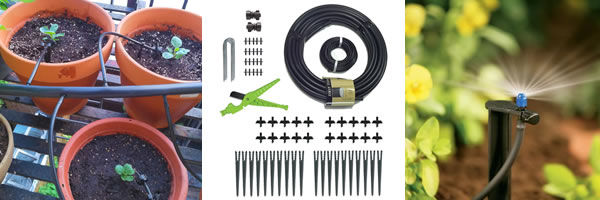Each species of plant has its own specific watering requirements, and giving plants too much water can spell disaster. Over-watering severely damages plants, and could lead to their overall decline. Knowing the symptoms of over-watering and how to correctly determine when to water will help keep the plant healthy.
Proper watering can help prevent problems. Best practice is to let the soil dry before watering the plant. Water deeply and less frequently to encourage deep root growth. Deep, thorough watering will promote healthy plants. Regularly check for signs of over-watering by gently removing potted from their containers or digging into the ground near the plant’s root zone. Proper soil drainage greatly reduces your chances of overwatering by allowing excess water to be removed from the soil surrounding plants. If the waterlogged plants are caused by poorly drained soil, improve soil drainage by incorporating organic amendments, such as wood chips, straw, peat and tree bark, into the original soil. This is best done before planting.
SYMPTOMS OF OVERWATERING PLANTS
The roots of plants that are over-watered cannot absorb oxygen properly, resulting in wilted and yellow leaves. Both young and old leaves fall from the plant prematurely and buds fail to open. Both over-watered and under-watered plants develop wilted, discolored leaves that can fall from the plant, but leaves on over-watered plants have a limp appearance while under-watered leaves are brittle and dry. Over-watering deprives roots of oxygen, which they need to function properly. When the roots are continuously deprived of oxygen, the root fibers die. This prevents the plant from receiving the moisture it needs for healthy leaves. Dry, brown discoloration appears between the leaf veins and along the edges. These leaves will eventually die and fall off.
Simplify and automate watering in your greenhouse and/or raised gardens with one of our greenhouse watering kits.
